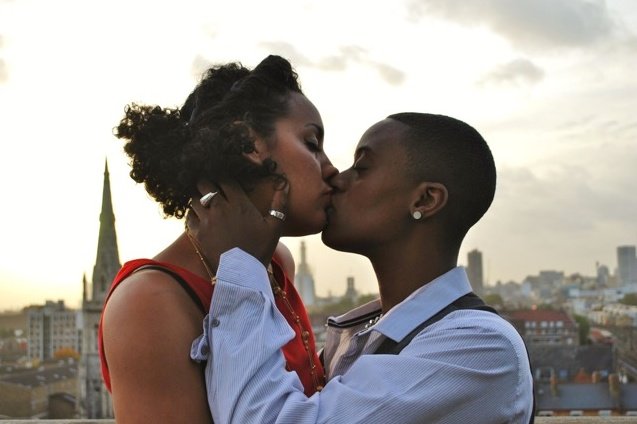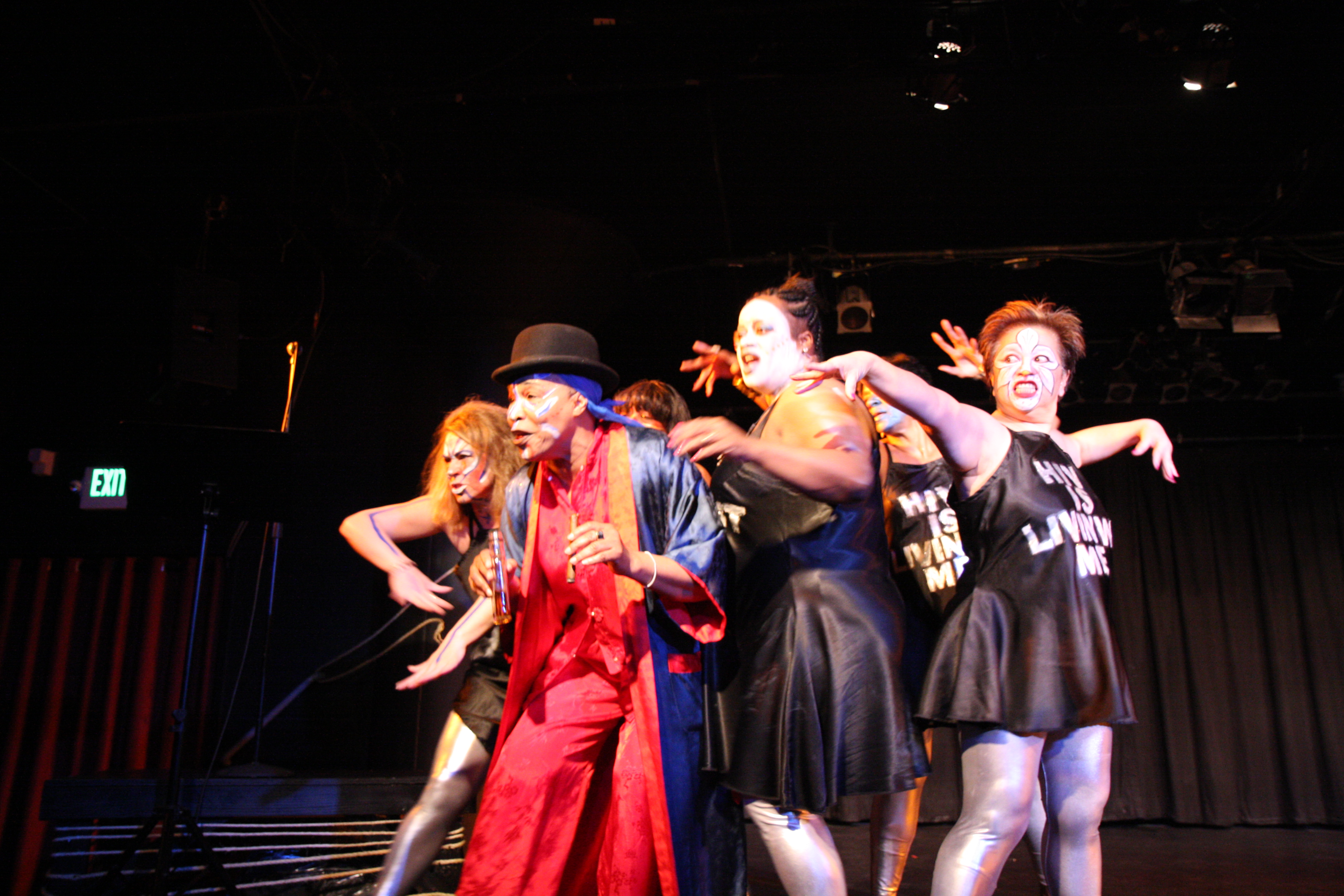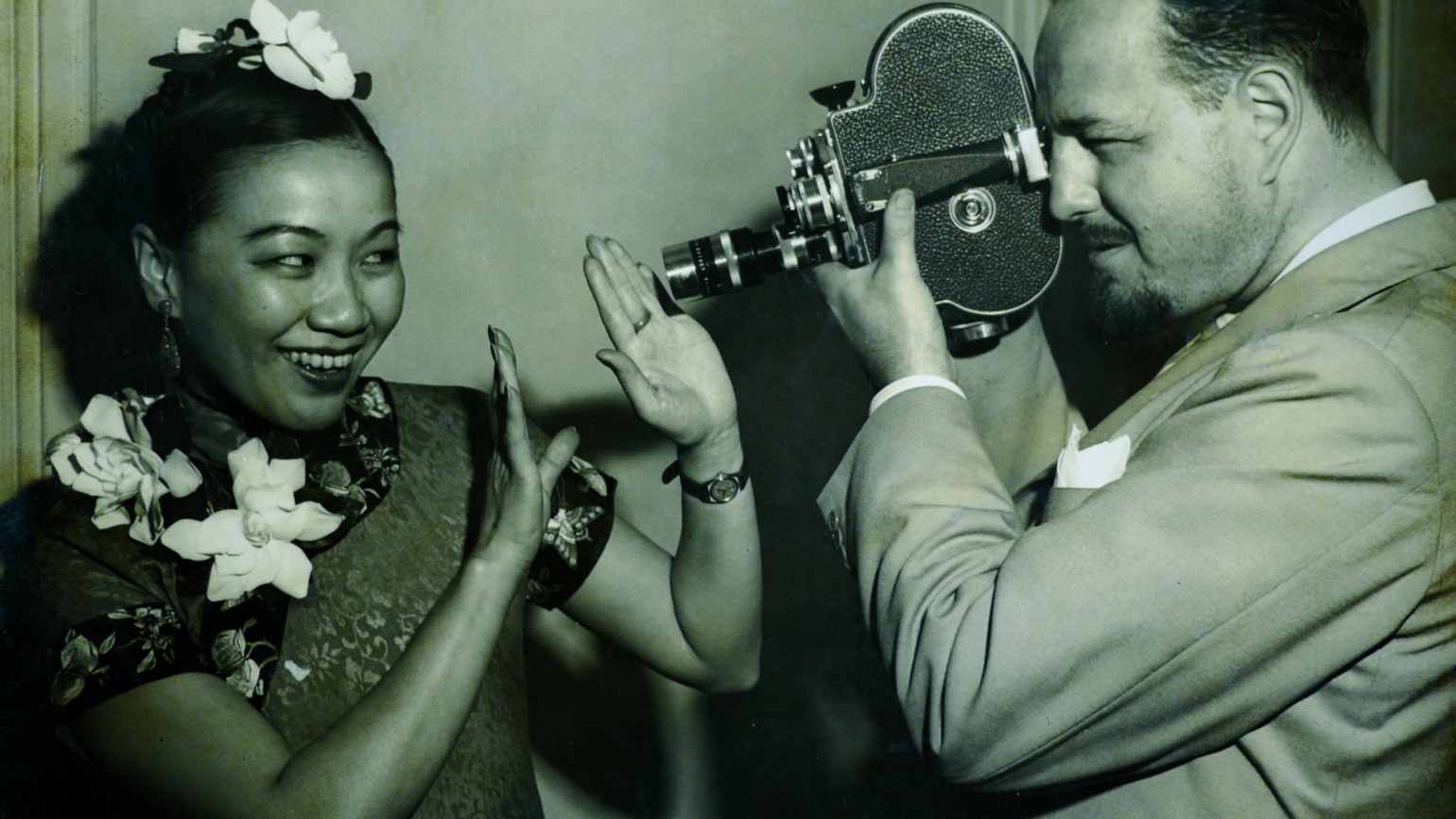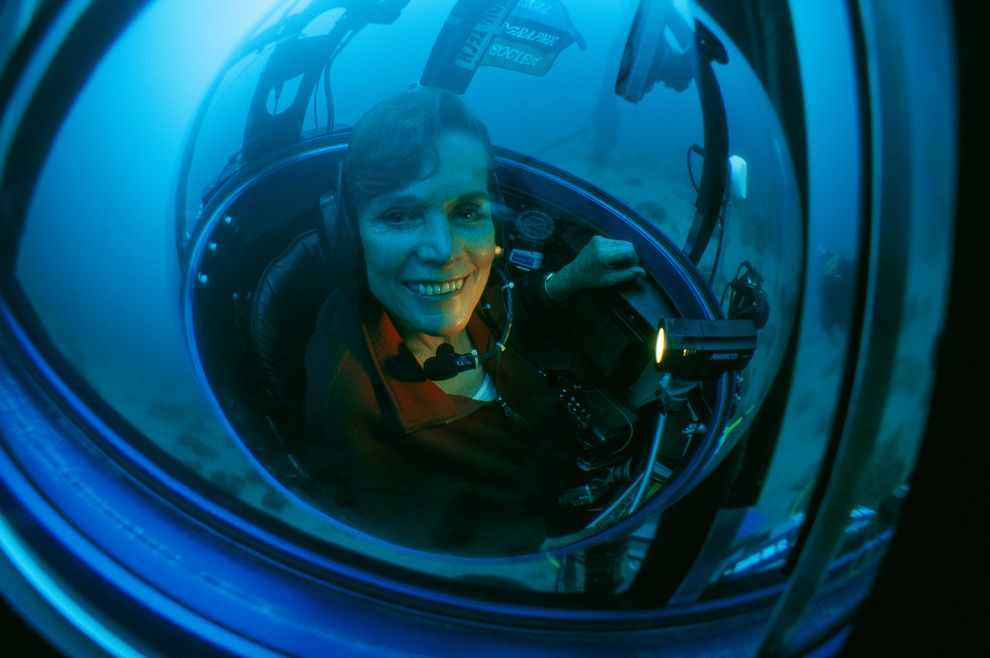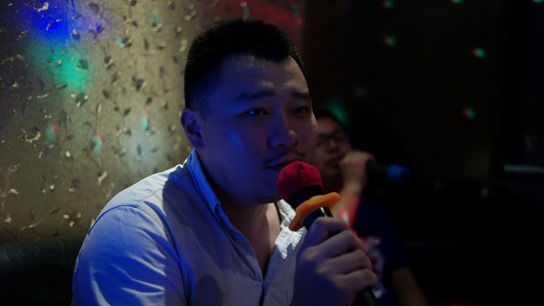The London Feminist Film Festival is all about “celebrating international feminist films past and present.” It “will provide a safe space to explore, celebrate, organise, and inspire.” Now in its fifth year, the festival will run from August 17-20. Below is the schedule and the films and panels featured.
Here is the 2017 London Feminist Film Festival’s trailer:
THURSDAY, 17 AUGUST | 6:00 pm
Talk Back Out Loud + panel discussion with Kaori Sakagami (director), Rhodessa Jones (protagonist of the film and acclaimed theatre director & performer), and Naima Sakande (Programme Lead, Young Women’s Work, Leap Confronting Conflict). Chaired by Marianna Tortell (CEO, Domestic Violence Intervention Project).

Talk Back Out Loud EUROPEAN PREMIERE
Director: Kaori Sakagami / 2014 / USA & Japan / Rating: U / 119 mins
“The Medea Project: Theatre for Incarcerated Women, an all-women theatre group originating in San Francisco, produces work by and for women who are HIV-positive and/or have experiences of being incarcerated in the US prison system. The women in the theatre group are often marginalised and silenced by and within the prison system, health services and the art world; through the Medea Project led by Rhodessa Jones, they claim and celebrate their own identities, space and survival. This film challenges the othering of women who have been diagnosed as HIV-positive and/or criminalised by white patriarchal institutions and communities.”
FRIDAY, 18 AUGUST | 6:00 pm
INDIAN WOMEN CLAIMING SPACES + panel discussion with Geetha J (director, Akam), Vaishnavi Sundar (director, Aage Jake Left), Manuela Bastian (director, Where to, Miss?), and Viji Rajagopalan (Domestic Violence Intervention Project).

Akam (Inside) UK PREMIERE
Director: Geetha J / 2007 / India / Rating: U / 12 mins / English and Malayalam with subtitles
“A visual poem, an intergenerational portrait of three women. The focus is on the akam – the inside or the domestic space.”

Aage Jake Left (Go Ahead and Take Left)
Director: Vaishnavi Sundar / 2017 / India / Rating: U / 5 mins / Hindi with subtitles
“Anju is a traffic constable in the north-eastern state of Sikkim, where women have more freedoms than those in many parts of India.”

Where to, Miss?
Director: Manuela Bastian / 2015 / Germany / Rating: 12 / 83 mins / Hindi with subtitles
“Devki’s biggest wish is to become a taxi driver – she wants to ensure other women can travel around Delhi in safety, and would like to be financially independent. While striving for her goal, she must contend with opposition from the men in her life and the deeply-rooted traditions of society. Where to, Miss? follows the story of this courageous young woman over a period of three years, as she navigates the roles traditionally assigned to women whilst trying to maintain a sense of her own identity.”
SATURDAY, 19 AUGUST | 1:30 pm
FEMINISM AND THE ARCHIVE + panel discussion with Althea Greenan (Curator at the Women’s Art Library at Goldsmiths University), Samia Malik (from theWomen of Color Index reading group that explores the Women’s Art Library catalogue at Goldsmiths to visibilize WoC artists’ work) and Julia Wieger (co-director of Hauntings in the Archive! and co-founder of the Secretariat for Ghosts, Archival Politics and Gaps (SKGAL), at the VBKÖ).
“We will screen the European premiere of feature documentary Hauntings in the Archive! This will be followed by a short talk by Selina Robertson on her research with the Rio Cinema’s 1980s–1990s feminist film curation archive.”

Spuken im Archiv (Hauntings in the Archive!) EUROPEAN PREMIERE
Directors: Nina Hoechtl and Julia Wieger / 2017 / Austria / Rating: 12 / 72 mins / English and German with subtitles
“Hauntings in the Archive! reflects on and exposes the his/herstory/ies of the Austrian Association of Women Artists (VBKÖ) through its century-old archive of letters, photos, catalogues and thousands of other documents. The Secretariat for Ghosts, Archive Politics and Gaps curates the material to conjure up the spectres of the multiple lives of the VBKÖ that meet and share the scene in the film: ghosts of national socialism encounter colonial fantasies and old and new feminist agencies.”
SATURDAY 19 AUGUST 3.30 pm
VISIBILITY + panel discussion with Clare Unsworth (Director of Shhh!), Leah Thorn (Spoken Word Poet whose poem is featured in Shhh!), Victoria Bridges (Program Director – Global Girl Media), Monique Washington (co-director of Brexit Unveiled), Aisha Clarke (co-director of Brexit Unveiled), Holly Bourdillon (co-director of 1 in 5) and Hannah McMeeking (co-director of 1 in 5). Chaired by Jacquelyn Guderley (Founder of Salomé and co-founder of Stemmettes).
“This session of short films explores ways of navigating (in)visibility.”

One in Five
Directors: Holly Bourdillon and Hannah McMeeking / 2007 / UK / Rating: PG / 12 mins
“Two feminist film students research the lack of women in the film industry to find out what is stopping women from succeeding.”
Brexit Unveiled
Directors: Aliyah Bensouda, Aisha Clarke, Ruth Egagha, Violet Marcenkova, Jorja Oladiran, Poppy Sharples, Lily Barnett, and Monique Washington / 2016 / UK / Rating: PG / 4 mins
“Examining the increased levels of violence that Muslim women have faced since the Brexit vote.”

Shhh!
Director: Clare Unsworth / 2016 / UK / Rating: PG / 4 mins
“A lyrical, physical expression of a powerful poem by Leah Thorn about the systematic silencing of women – and about resistance to that silencing.”

Cycologic UK PREMIERE
Directors: Emilia Stålhammar, Veronica Pålsson, and Elsa Löwdin / 2016 / Sweden / Rating: U / 15 mins
“The traffic in Kampala, Uganda can be chaotic and dangerous. This multi-award-winning short follows urban planner Amanda Ngabirano’s campaign for a cycling lane in her city, plus other women cyclists who negotiate the restrictions imposed on women by society.”

Mrs Somerville’s Monument
Directors: Rebecca Hurwitz and Liz Liste / 2017 / UK / Rating: PG / 7 mins
“This animated short asks why so few women have been awarded a science Nobel Prize.”

Women Speak Out! Mena
Director: Women’s Resource Centre / 2016 / UK / Rating: PG / 5 mins
“Mena speaks about her experiences of racism.”

More Dangerous Than a Thousand Rioters
Director: Kelly Gallagher / 2016 / USA / Rating: U / 6 mins
“A shimmering, poetic ode to the activist Lucy Parsons. Animation illuminates Lucy’s fierce battles against injustice, from her birth on a Texas plantation, to Chicago and beyond.”
SATURDAY, 19 AUGUST | 8.30 pm | @ BFI Southbank
40th ANNIVERSARY SCREENING FEMINIST CLASSIC: The Sealed Soil + Skype Q&A with director Marva Nabili, hosted by BAFTA-nominated film producer Elhum Shakerifar.

Khake Sar Beh Morh (The Sealed Soil)
Director: Marva Nabili / 1977 / Iran / Rating: PG / 90 mins / Persian with subtitles
“Eighteen-year-old Rooy-Bekheir rejects suitor after suitor as she struggles for independence and identity in her southern Iranian village. The Sealed Soil, the first independent feature by an Iranian woman director, was shot clandestinely before being smuggled out of pre-revolution Iran for post-production. It achieved international success, including winning Most Outstanding Film of the Year at the 1977 London Film Festival, but has never been shown in Iran. The beautifully shot film has been compared stylistically to Chantal Akerman’s Jeanne Dielman. This is a rare chance to see a feminist classic on the director’s own 16mm print.”
SUNDAY 20 AUGUST | 1:30 pm
VAWG: RESISTANCE & SURVIVAL + panel discussion with Katja Berls (director, Outside Peace, Inside War), Dorett Jones (director, Nothing About Us Without Us), & others tbc, chaired by Camille Kumar (Women & Girls Network).
“This session will explore and celebrate women’s global resistance to violence against women and girls (VAWG) through 3 films that challenge the notions that there is one right way to respond to VAWG and that there is one kind of survivor.”

Nesaa Alhoria (Women of Freedom) EUROPEAN PREMIERE
Director: Abeer Zeibak Haddad / 2017 / Palestine and Israel / Rating: 15 / 58 mins / Arabic and Hebrew with subtitles
“This film tells the stories of women murdered in the name of ‘honour’ within Arab and Palestinian communities in Palestine and Israel, focusing on the social and political contexts in which the women were killed. The director travels through Palestine and Israel collecting testimonies from survivors and perpetrators, and giving voice to murdered women, while drawing on her own experiences. Women of Freedom encourages discussion, reflection and action on an issue that is not limited to one community, religion or country.”
[Trigger warning: images of violence.]

Außen Frieden, Innen Krieg (Outside Peace, Inside War) WORLD PREMIERE
Director: Katja Berls / 2017 / Germany / Rating: 15 / 29 mins / German with subtitles
“More than 70 years after the end of WW2, Hilde and her surviving sister speak about their experiences of sexual and physical violence perpetrated against them and their sisters by soldiers during the war. This film speaks about and to the violence and trauma perpetrated against women and girls in war and crisis zones around the world, both past and present, and its impact on women’s lives.”
[Trigger warning: discussions of violence.]

Nothing About Us Without Us
Director: Dorett Jones / 2016 / UK / Rating: PG / 12 mins / English and Urdu with subtitles
“This short film captures black women’s resistance to government cuts that threaten vital VAWG services for and by black and minoritised women. It follows women from Apna Haq, a black women’s organisation from Rotherham, who travel to London to march with other women and hand in a petition to Downing Street to protest against the continued closure of black women’s organisations, which threatens women’s lives.”
SUNDAY 20 AUGUST | 4:00 pm
ASPIRE / INSPIRE + panel discussion with Terry Wragg (Leeds Animation Workshop), Chi Onwurah MP (Women’s Engineering Society), & others tbc.
“Inspirational women forging a way in male-dominated professions.”
Did I Say Hairdressing? I Meant Astrophysics
Director: Leeds Animation Workshop (a women’s collective) / 1998 / UK / Rating: U / 14 mins
“A modernised fairytale animation, investigating why women are under-represented in Science, Technology, Engineering and Maths (STEM). The film uses humour to counter the subtle and not-so-subtle gender typecasting that often prevails, from babyhood right up to professional level.”

Ouaga Girls
Director: Theresa Traore Dahlberg / 2017 / Sweden, France, Burkina Faso and Qatar / Rating: 12 / 83 mins / French and Moré with subtitles
“We follow a group of young women who are training to be car mechanics in Burkina Faso’s capital, Ouagadougou, in this highly enjoyable film about life choices, sisterhood and the endeavour to find your own way. The young women are at a crucial point in life when their hopes, dreams and courage are confronted against society’s expectations of what a woman should be. Dahlberg’s short Taxi Sister was a big hit at LFFF2012, and it’s great to welcome her back to LFFF with her debut feature film. This is a coming-of-age story with much warmth, laughs, heartbreak and depth.”
To purchase tickets and for more information, please visit London Feminist Film Festival’s website. All screenings are at the Rio Cinema in Dalston, except for LFFF’s Feminist Classic screening of The Sealed Soil, which is at BFI Southbank on 19 August. All film and panel descriptions are courtesy of London Feminist Film Festival.
